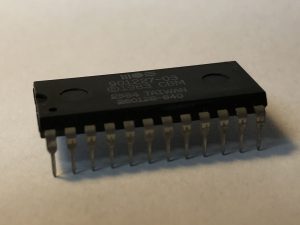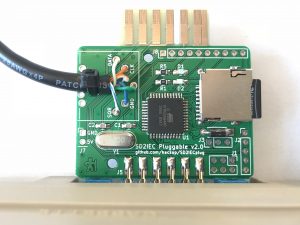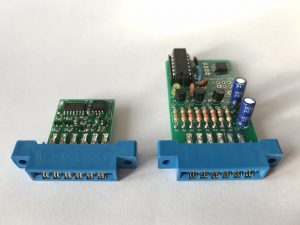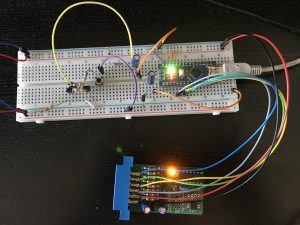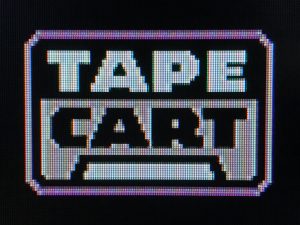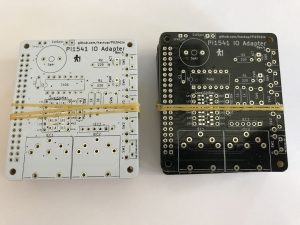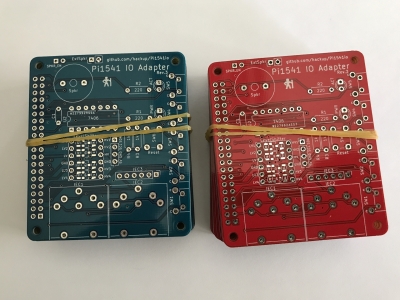The other day, I was researching the Jason-Ranheim Capture cartridges and browsing the DDI Projects on that topic. The capture cartridge is a freezer module for the C64 that allows the internal state of the machine to be saved or to be burned directly into an EPROM. These ROMs can then be installed in a cartridge that will run the frozen state. An interesting concept that I’ll probably explore closer at a later date.
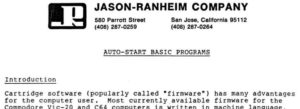 In one of the archives I downloaded I came across a PDF document containing scans of a text, also by Jason-Ranheim Company, that caught my eye. The document is titled “Auto-Start BASIC Programs” and describes a simple process to convert a Commodore BASIC program into an auto-starting cartridge for the C64 or the VIC20. I got curious and decided to try this — but first I wanted to explore how it works in detail.
In one of the archives I downloaded I came across a PDF document containing scans of a text, also by Jason-Ranheim Company, that caught my eye. The document is titled “Auto-Start BASIC Programs” and describes a simple process to convert a Commodore BASIC program into an auto-starting cartridge for the C64 or the VIC20. I got curious and decided to try this — but first I wanted to explore how it works in detail.

